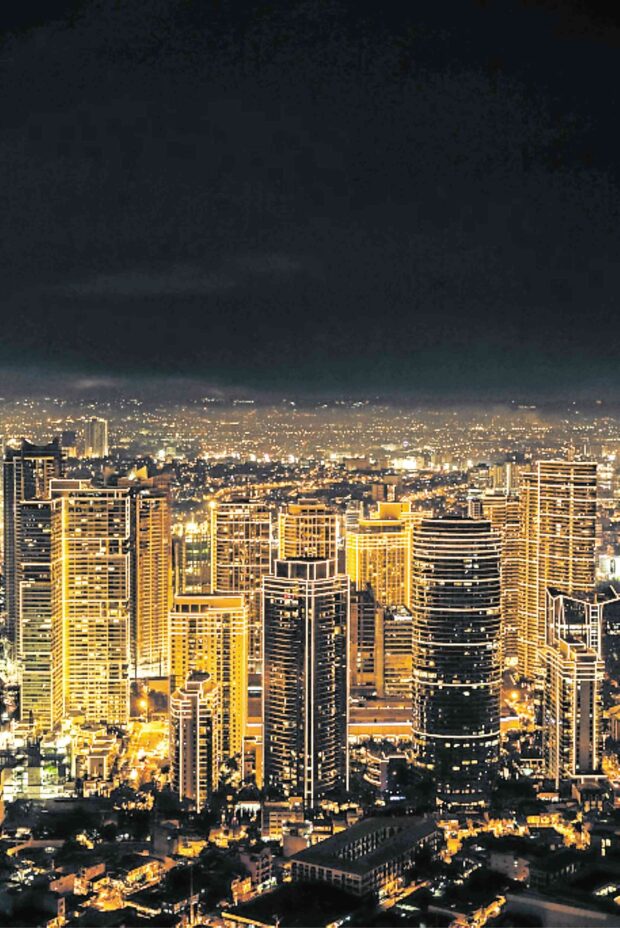Attachment to place
What draws us to certain places? And what repels us in others? How are bonds formed between people and places and can these bonds be deliberately designed in the spaces we create?
‘Place attachment’
People ascribe meaning to most material objects and often develop an affective bond with them. The same is true when people interact with places. A heightened level of this bond is referred to as “place attachment”. This is when places attain identity, meaning and intangible value that transcend their utility. We are ultimately drawn to places that will give us a sense of well-being and fulfillment—that elusive state of happiness.
Ironically, property development typically focuses on the quantitative value of places. This tendency is reinforced by the increasing use of property as investment—as a store of wealth, rather than experiences. When we reduce a scarce and fundamental asset such as land to simply a means of exchange, we tend to lose sight of the more important goal of creating positive, affective links between people and built environments that can satisfy our innate needs and aspirations.
Drawing from Abraham Maslow’s theory, we realize that places have the capacity to fulfill our individual needs and it is through this that we can derive the true value of places.
Physiological needs
The place must satisfy our basic needs for safety, security, privacy, comfort, mobility. Pragmatic considerations such as accessibility, functionality, sanitation, recreation, convenience, affordability must be met. In short, the place must work.
Article continues after this advertisementThe basics of modern day cities have expanded to include other functional elements such as digital telecommunications connectivity, mass transit, pedestrian infrastructure, and healthy environments. Modern infrastructure would allow residents and locators to function and enable the city itself to be competitive.
Article continues after this advertisementThus, contemporary concepts such as smart cities, 15-minute cities, healthy cities, sponge cities are meant to address fundamental physiological needs.
Belongingness
The place makes us feel that we are part of a community. Here, social bonds and connections are fostered. The place exudes openness and is not inhibiting, alienating nor intimidating. The place is perceived as a socially safe space where we feel included and are inclined to include others to grow our community. This will allow the flourishing of interactions until the place becomes the vessel of a unique culture.
However, the need for belongingness could be a double-edged sword. The inclusion of one can imply the exclusion of others. Spatially, this could lead to exclusive enclaves, parochialism, NIMBYism (Not In My Backyard), or the preservation of the status quo.
Certain needs may also conflict with others. A highway that bisects a city may address the physiological need for mobility but may destroy communities by fragmenting neighborhoods.
Esteem
The place may offer a level of prestige or accomplishment. It may also convey a sense of growth through learning and creativity.
We derive our sense of self from these places and associate our identity with them. Here, the place imbues symbolic meaning and conveys an image of who we are when we are in that space. The place starts to acquire an aspirational facet based on what it means to us.
Effectively, the place starts to form an emotive image in the minds of its users. A strong positive image that reinforces our view of self can attract more people to the space to reinforce their individual identity, further strengthening the image of the place. Thus, a certain place whose identity is anchored on arts and culture, will start to attract creative institutions and individuals in a self-reinforcing feedback mechanism.
Esteem is also the realm of aesthetics. We are drawn to things that are pleasing to the senses. Being in environments that are aesthetically stimulating provides a psychological lift. Aesthetics further create an identity for the place. Environmental graphics, streetscaping, building architecture, public art are all part of creating distinctive and memorable environments.
Developers invest in good design to enhance user experience and reinforce their brand image. They also exploit this need for esteem through marketing and branding where certain lifestyles are promised (and hopefully delivered) to attract customers.
Self-actualization
Fulfillment, completeness, and a sense of realization of one’s potential—this was how Maslow described the more transcendent human need of self-actualization. How does one achieve this in spatial terms? Can we create places that enable people to reach their full potential? Places where people feel whole, alive, connected, at peace, and profoundly happy?
We may struggle a bit in thinking of examples of such places, as many places only provide superficial or fleeting experiences of joy.
Maslow developed a framework to help us understand human needs and motivations and we are using this framework to simplistically explain spatial relationships between people and the built environment.
But the reality is more complex and nuanced than a pyramid structure of aspirations. Our needs are interlaced and not necessarily sequential. They vary with our life stage and context. Nonetheless, these are the key motivations that drive many of our life decisions. How we engage with our environment can hinder or aid these motivations.
Perhaps our greatest need is best fulfilled not necessarily in experiencing the place itself, but in helping create it—when we take part in the shaping of truly good environments. Here lies the challenge and opportunity for designers, developers, local governments, community leaders and institutions: when we set as our goal the shaping of places that enable people to flourish and achieve a sense of self-worth, to allow them to feel one with their environment and experience happiness in a place.
The author is founder and principal of JLPD, a planning and design consultancy practice. Visit www.jlpdstudio.com


